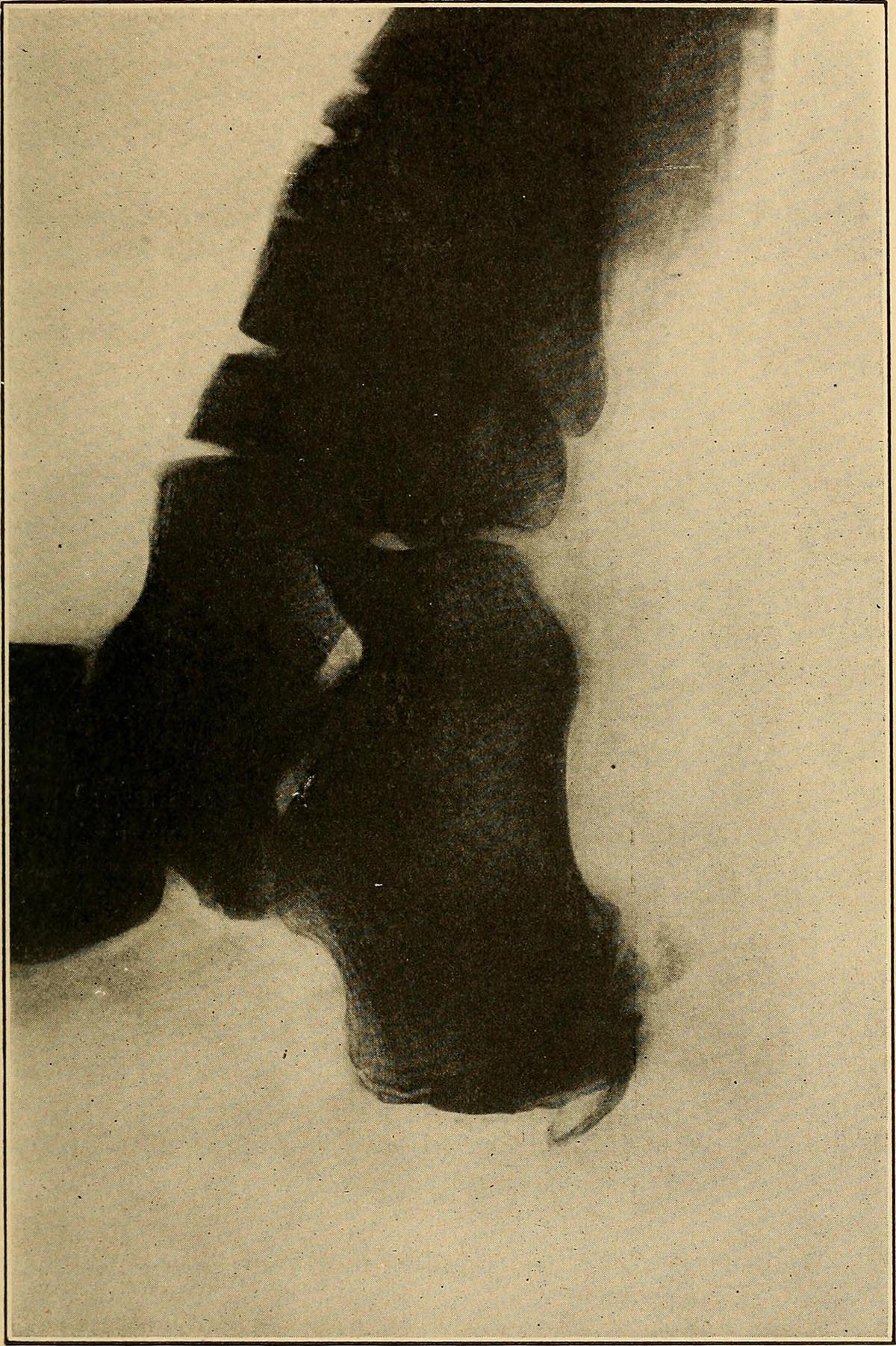
Compressionfractures represent a specific type of fractures affecting the spine (to bemore precise vertebra or vertebrae). As a result of the fracture the affectedvertebra/vertebrae collapses and compresses the spinal cord or spinal nerves.
Compression fractures are rather common in serious traumatic accidents such asfalling from an extreme height. They may also occur spontaneously, particularlyin individuals in whom the bones are weak (osteoporosis) or affected by someother pathological process (metastases).
This type of fractures may affect each segment of the spine, cervical, thoracicand lumbar, but the last two are most commonly involved.
Compression Fractures Clinical Characteristics
One of the most characteristic symptoms of compression fractures is back pain.It is located in the affected segment of the spine. Depending on its initiallocations, the pain may further radiate towards the nearby tissues and organs.For instance, pain in the upper back may affects only the back or spreads down thearm. Also, pain in the lumbar segment may radiate towards the hip, thighs orabdomen.
The injured area of the spine is very sensitive and tender to touch.Compression of the spinal cord or spinal nerves is to blame for many differentneurological symptoms and signs such as numbness, tingling, muscle weaknessetc. Severe compression in certain parts of the spine is associated with lossof control over the bladder and bowel.
If there are multiple compression fractures, it is possible to see significantchange in the curvature of the spine. Multiple fractures usually affect peoplesuffering from osteoporosis. Finally, in such case the overall height of thepatient is reduced.
Diagnosing Compression Fractures
Compression fractures cannot be diagnoses only with physical and neurologicalexams. The patient must undergo X-ray, CT scan or MRI of the entire spine. Onlythis way the compression can be confirmed. these imaging methods (particularlyif combined) give an excellent insight in the very location of the fracture,the extent of compression etc.
Compression Fracture Treatment
The treatment for compression fractures depends on the underlying cause. Inindividuals suffering from osteoporosis it is essential to provide withadequate treatment (prescription medicine, calcium supplements and painkillers). Some of them will require back braces.
Severe cases of compression fractures in which the spine and spinal nervessuffers severe damage require prompt surgical care. Kyphoplasty andvertebroplasty are two surgical procedures performed for compression fractures.Both of them are minimally invasive surgeries with excellent results. Theyprovide proper stabilization of the fractured vertebrae and deal withcompression of the vital structures.






-Test-And-What-Do-The-Results-Mean_f_280x120.jpg)
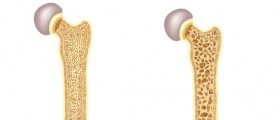
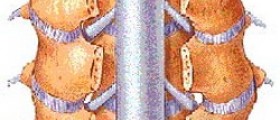
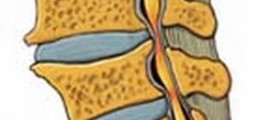




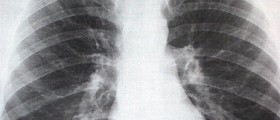


Your thoughts on this
Loading...